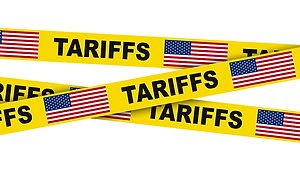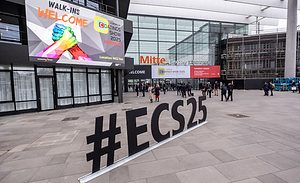Self-Assembling Structural Color Paints
August 4, 2023
Self-Assembling Structural Color Paints
August 4, 2023Brush block co-polymers have been the subject of academic research for more than 15 years due to their structural modularity and ability to provide a wide range of material properties. Assembled into photonic crystals, brush block co-polymers have demonstrated utility in creating coatings with ultraviolet, visible and near-infrared reflectivity, radar transparency, the potential to reduce the carbon footprint of performance coatings by up to 50%,1 and reduced toxicity when compared to other coloration techniques such as pigments and dyes. Only recently has one company, Cypris Materials, set a course to launch a structural color co-polymer based on this unique technology in early 2024.
Structural color is a unique phenomenon that doesn't rely on pigments or dyes to impart coloration to a surface. It emerges from the interaction of light with the physical structure of an object, like microscopic layers or patterns. This phenomenon can be found in nature, such as the peacock feather shown in Figure 1, and has inspired scientists to develop innovative materials and technologies harnessing the unique optical properties.
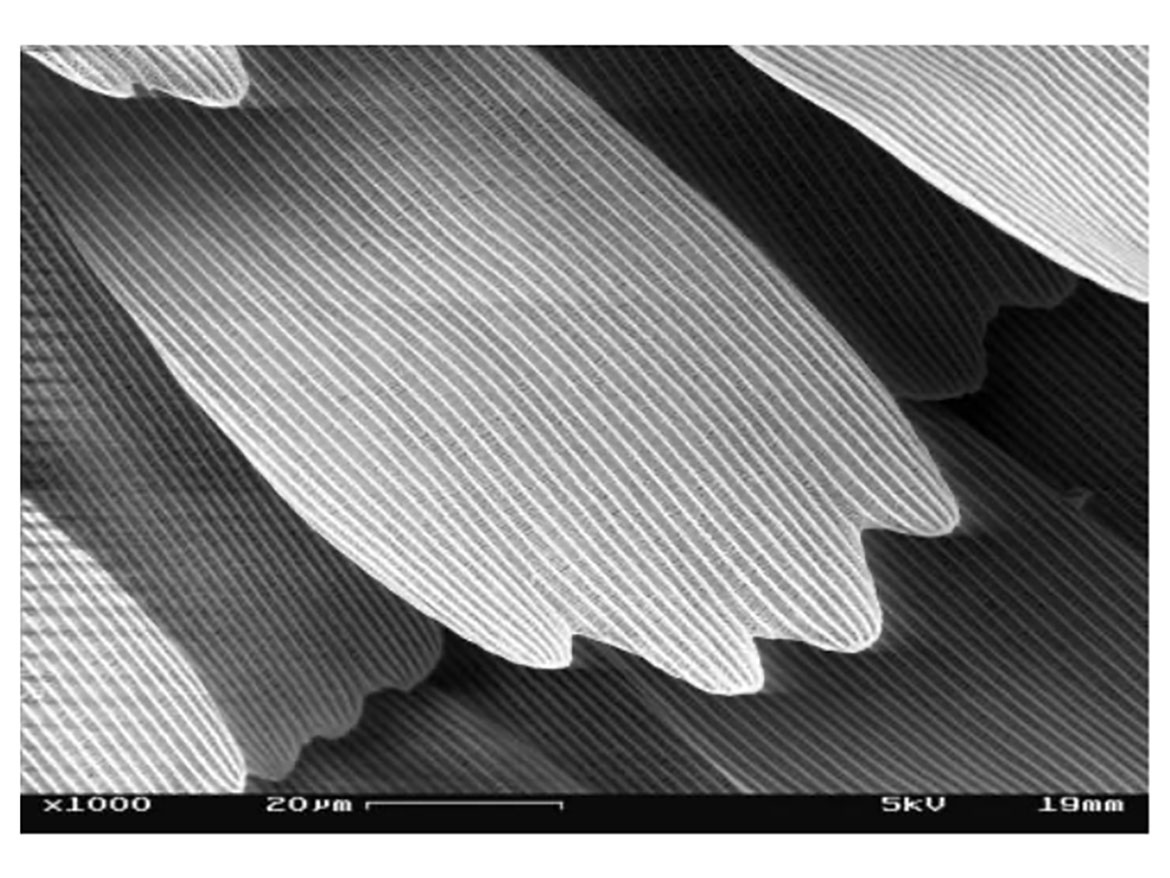
Humanity has long been attracted to the luxurious impression created by structural color. First, by collecting objects found in nature such as feathers and shells to use as jewelry and in religious practice. In the mid-1600s, fish scales were processed to create natural iridescent-effect pigments for cosmetics. In 1969, Merck KGaA and Mearl (Sun Chemical) took over the production of interference pigments through a cross-licensing from DuPont.2 In later years, variants were developed by changing the platelet from natural mica to synthetic fluorphlogopite, silicon dioxide, aluminum oxide, and metallic aluminum. On a fundamental level these complex structures, both synthetic as well as natural, can be understood using the Bragg equation. The Bragg equation (Figure 2) was first formulated by Sir Lawrence Bragg and his father, William Henry Bragg, in 1913 to describe his observation of X-ray interaction with crystal structures.3
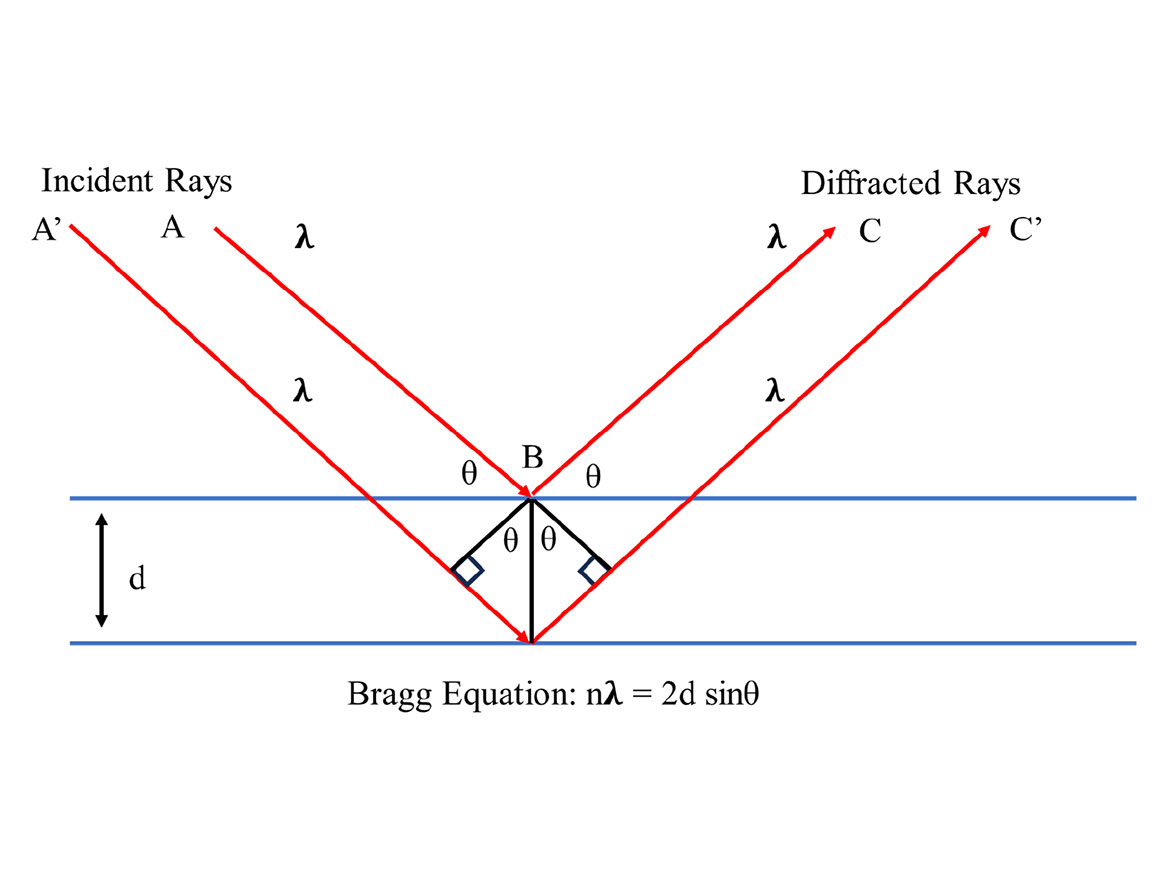
For the simplified case of first order diffraction with illumination and viewing at normal incidence, the equation can be simplified as λ = 2 d, which predicts the peak wavelength (λ) of reflected light based on the distance (d) between two planes. The challenge lies in the difficulty of constructing these structures with enough precision to create a strong reflection in the desired wavelength, in other words, vibrant colors.
An emerging approach pioneered by Cypris to create structural color uses the natural phenomenon of self-assembly and an architecturally unique co-polymer, formulated as an ink or paint, to create a coating with the requisite multi-layer structure. First attempts using traditional linear co-polymers though a self-assembling mechanism required significant time (days) and energy to organize into ordered structures due to their need to overcome the polymer’s chain entanglement. Not only was it difficult for polymers to order themselves, but they were limited to lower molecular weights (and associated shorter reflected wavelengths) due to higher molecular weights incurring greater entanglement. However, brush block co-polymers, also called comb polymers or bottlebrushes, have the advantage of rapid assembly due to significantly reduced chain entanglement, even at longer polymer chain lengths. This allows brush block co-polymers to rapidly achieve ordered structures and reflect wavelengths well into the near infrared.
Care must be taken when selecting the appropriate monomers for the co-polymer. A refractive index difference is fundamental for strong optical performance with a minimal number of layers, but also considerations for durability, sustainability, and compatibility with other components of the formulation are important. A critical factor for commercial use is in choosing the proper polymer pair to drive rapid self assembly. As illustrated in Figure 3, during the drying process the polymer brushes come in close contact and orient to achieve the lowest energy state which, if properly designed, also happens to create a highly ordered multi-layer photonic structure.
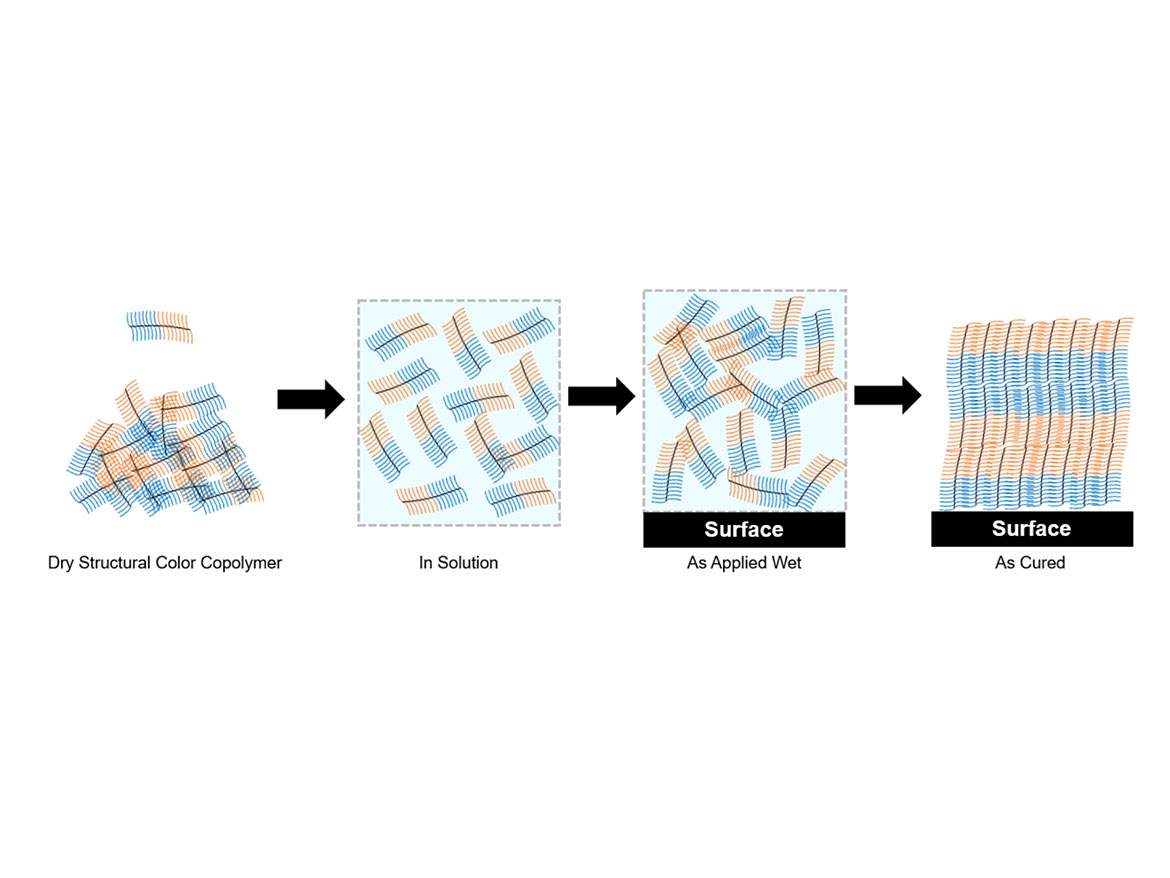
The reflected wavelength can be tuned by adjusting the thickness of the layers as previously prescribed by the Bragg equation, or in the case of brush block co-polymers, the brush length as illustrated in Figure 4. Lower molecular weights reflect shorter wavelengths, while higher molecular weights reflect longer ones. As a result, a full spectrum of highly saturated colors can be created, as well as functional films with ultraviolet or near-infrared reflectivity.
Looking for a reprint of this article?
From high-res PDFs to custom plaques, order your copy today!
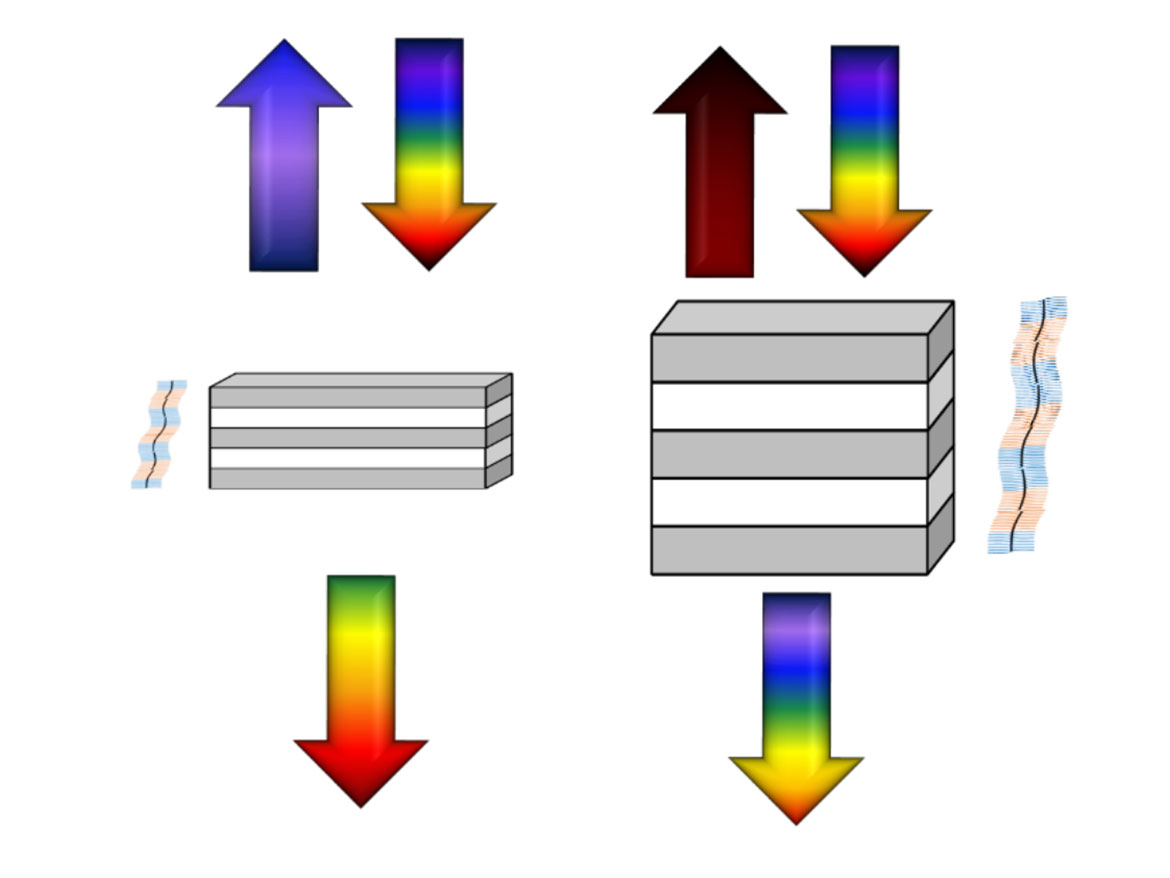
The color saturation of these materials can be significantly higher than traditional colorants due to the presence of a narrow photonic bandgap. As shown by multi-angle color measurements (Figure 5), a formulated blue coating based on structural color co-polymer has higher chromaticity at all angles compared to traditional organic blue pigment. Structural colors also have the added benefit of greater light-dark color travel typically associated with metallic coatings. As a result, objects painted with high-travel coatings have clearly defined shapes.
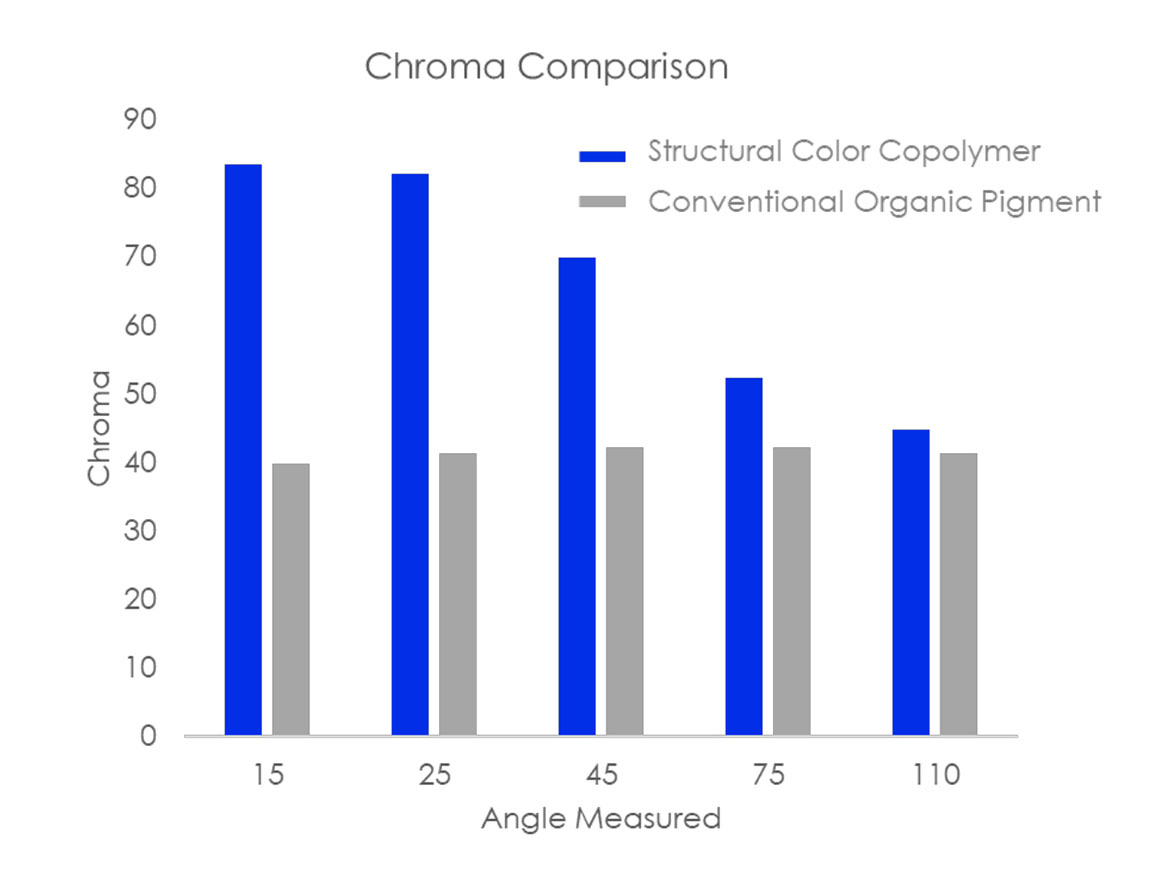
Another exciting benefit of brush block co-polymer technology is in its ability to create intermediate colors by mixing high and low molecular weights. The technology follows wavelength averaging instead of traditional additive or subtractive color theory. For example, when the blue and red brushes are mixed, high-chroma intermediate colors are created, as shown in the embedded video, Figure 6.
Coatings can be formulated by treating the structural color co-polymer like any other binder – simply dissolving the material in a carrier, such as an aromatic solvent, acetate, glycol-ether, ester, or even UV-curable monomers. With the addition of crosslinking agents, these films demonstrate excellent physical properties. Several application methods have been demonstrated ranging from drawdown, brush, and spray. Cypris Materials has partnered with BASF Coatings in the development of unique colors for the automotive OEM market. Cypris’ structural color co-polymer has the potential to revolutionize the future of automotive color design by reducing reliance on synthetic pigments and other traditional colorants. In addition to offering a new tool that extends the aesthetic potential of coloration, Cypris’ stir-in structural color co-polymer would effectively eliminate an entire step in basecoat manufacturing, where traditional colorants are dispersed into a paint via the milling process, as illustrated in Figure 7.
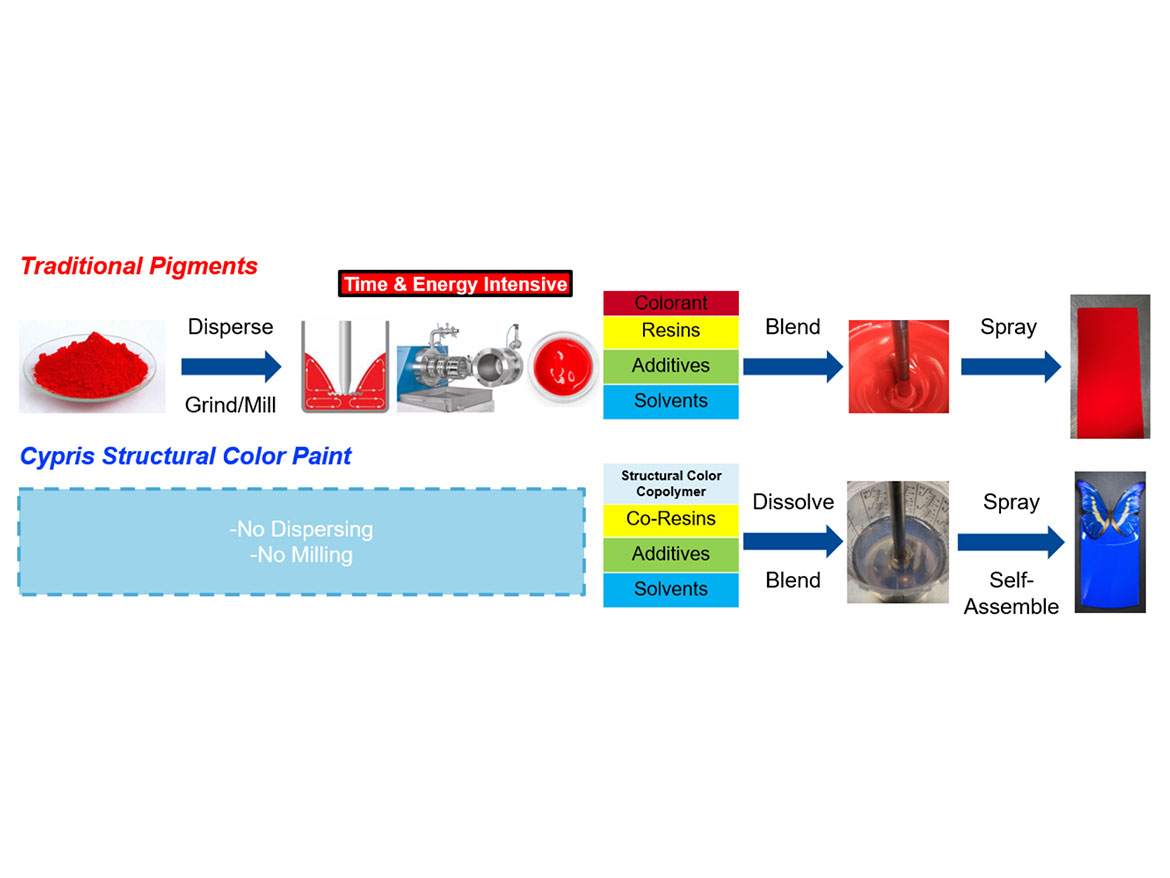
BASF has formulated coatings with Cypris’ structural color co-polymer with chroma values that surpass existing OEM colorant technologies when applied by pneumatic hand spray and electrostatic bell spray application techniques. The ability to achieve unique color spaces by incorporating the structural color co-polymer and effect pigments into multi-layer coatings has also been demonstrated, and is shown in Figure 8. These coatings achieve OEM material specifications for key film performance properties including crosshatch adhesion, humidity resistance, windshield glass bonding, impact resistance, and stone chip.

Another exciting application under investigation is digital printing. Unlike traditional effect pigments, which can block the inkjet nozzle, brush-block co-polymers offer the potential to create highly iridescent special effects for digitally printed labels, packaging, and direct-to-object printing.
After years of extensive research, brush-block co-polymers are finally ready to enter the market and offer significant advantages over traditional colorants. Benefits of this bio-inspired technology include reduced carbon footprint by eliminating the need for traditional colorants, radar transparency due to metal-free design, a full palette of high-chroma colors based on common raw materials, and the potential to achieve special effects in digital printing. Cypris’ first product line of structural color co-polymers, will contain 50% renewable content with the potential for future variants to be fully renewable. Cypris Materials will use contract manufacturing to rapidly scale up production, and plans to launch a structural color co-polymer in early 2024.
Cypris Materials would like to dedicate this article in memory of Cypris co-founder and Nobel laureate Dr. Robert Grubbs who passed away on December 19, 2021. His research developed the award-winning Ring Opening Metathesis Polymerization (ROMP) chemistry utilized in the production of Cypris Materials’ structural color co-polymer.
References
1 Stichnothe, Heinz & Morgan, Anthony & Gujba, Haruna & Azapagic, Adisa. (2022). Estimating the Carbon Footprint of Paints: Some Important Considerations. Surface Coating International. 108-114.
2 Pfaff, G.; Franz, K.; Emmert, K.; Nitta, R. Pigments, Inorganic. In Ullmann’s Encyclopedia of Industrial Chemistry, 6th ed.; Wiley-VCH: Weinheim, Germany, 1998.
3 Bragg, W. H.; Bragg, W. L. (1913). "The Reflection of X-rays by Crystals". Proc. R. Soc. Lond. A. 88 (605): 428–38. Bibcode:1913RSPSA..88..428B. doi:10.1098/rspa.1913.0040




